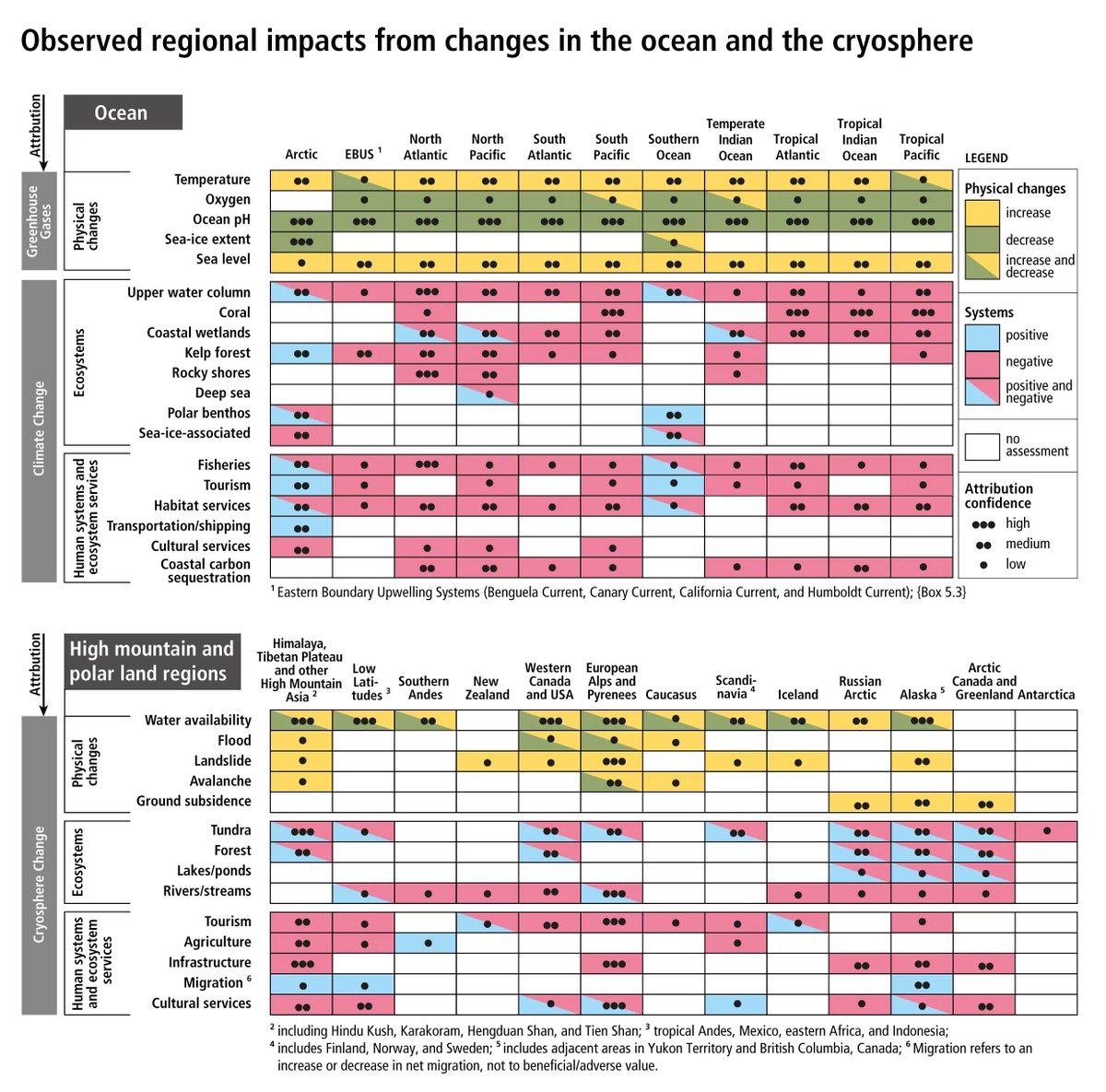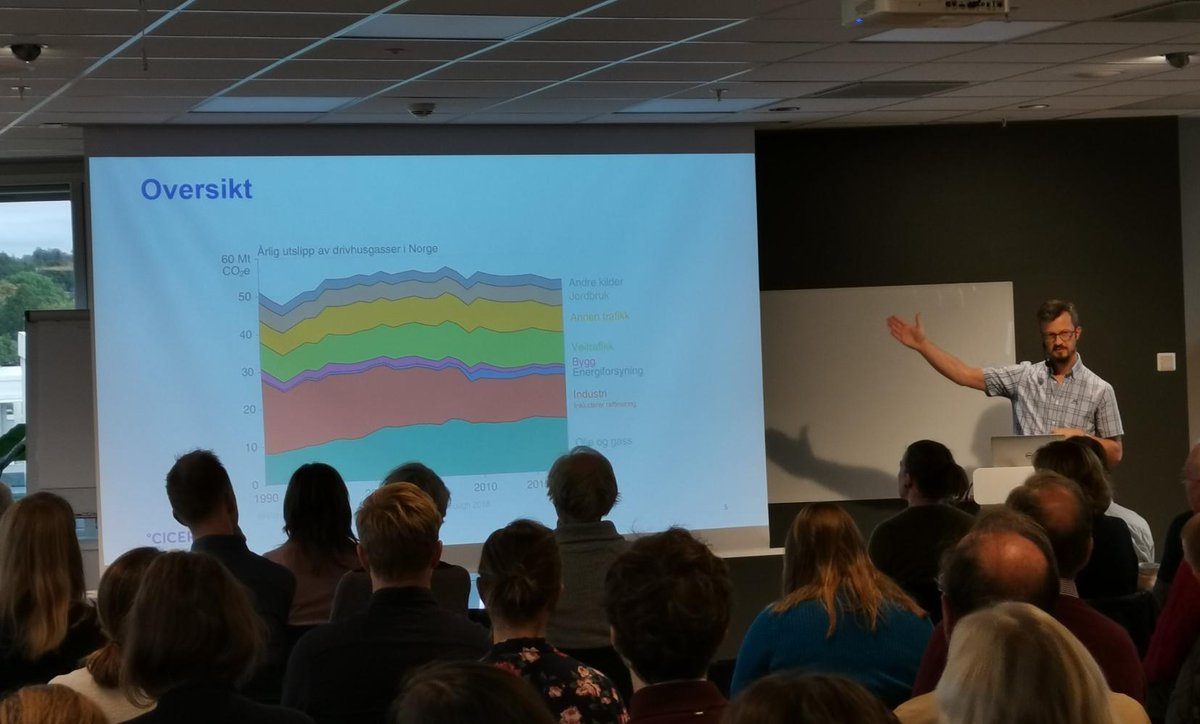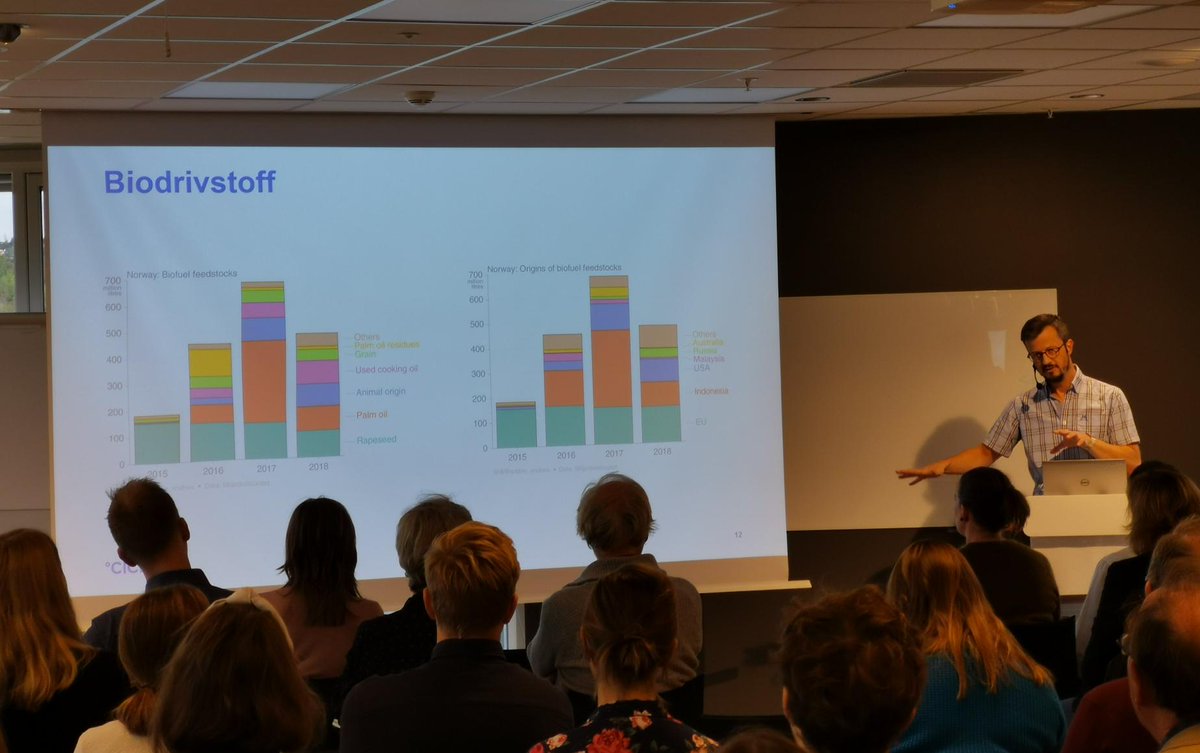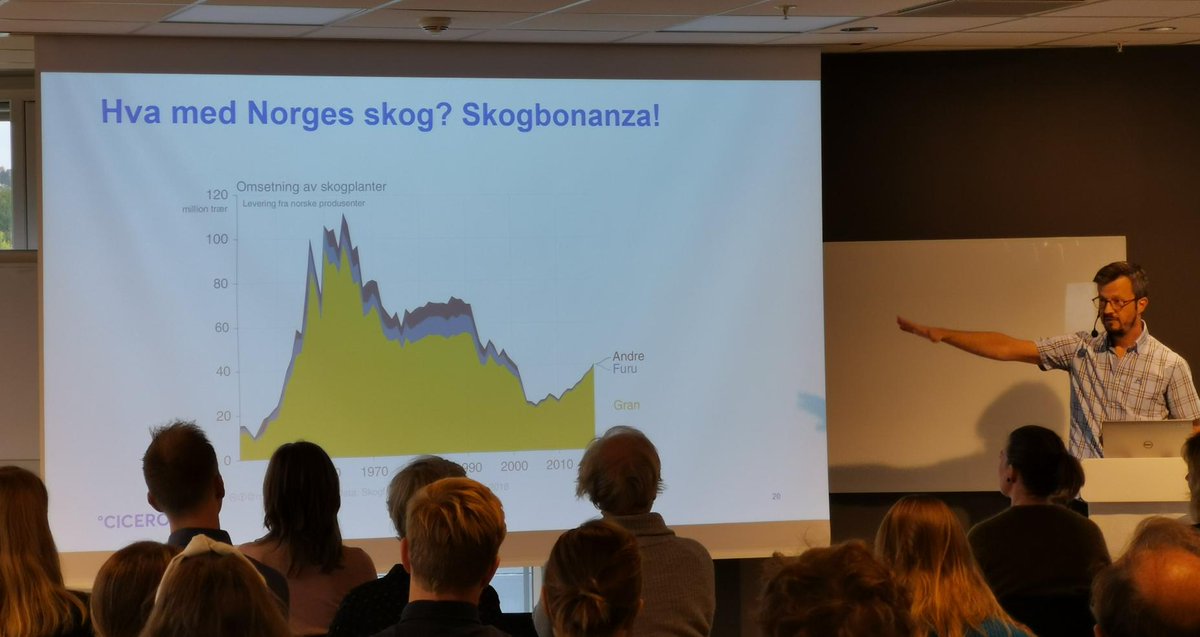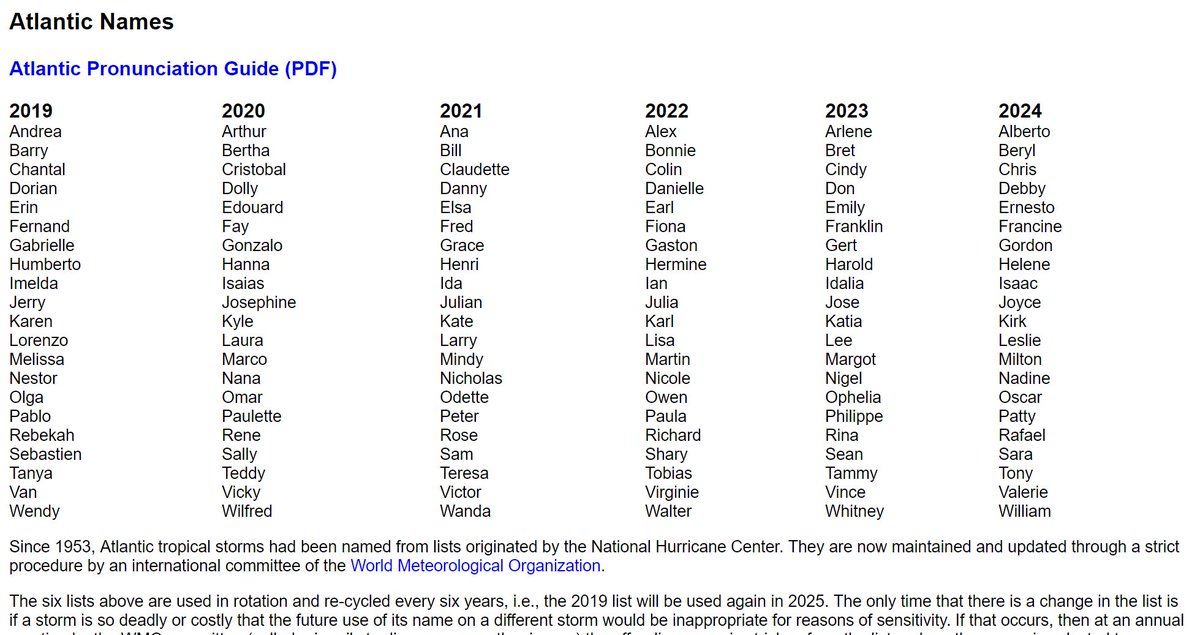The world's leading climate science organisations joined forces to outline the latest climate trends for the #UNClimateSummit.
What does the report say?
public.wmo.int/en/media/press…
1/

But, observations show an increase in ocean acidity of 26% since the industrial era, which is detrimental to marine life & ocean services.
The world needs to prepare for climate impacts, even in a Paris-compliant world.
economist.com/briefing/2019/…
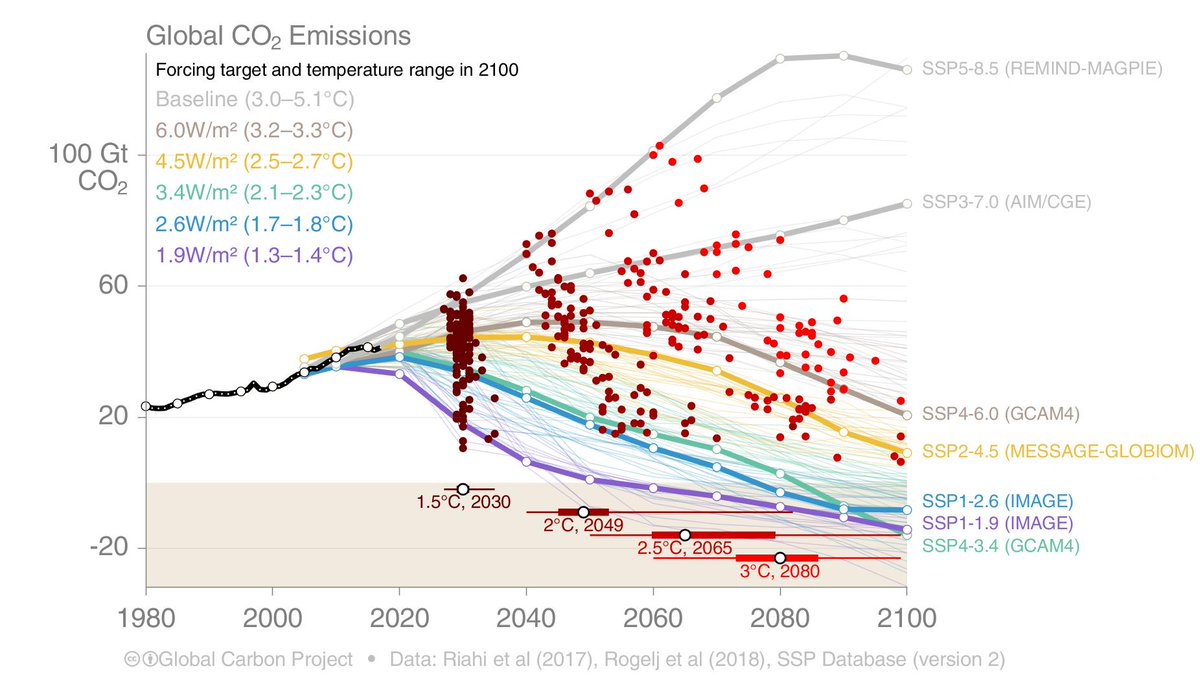
There are also more detailed reports on each of the sections.
public.wmo.int/en/media/press…














